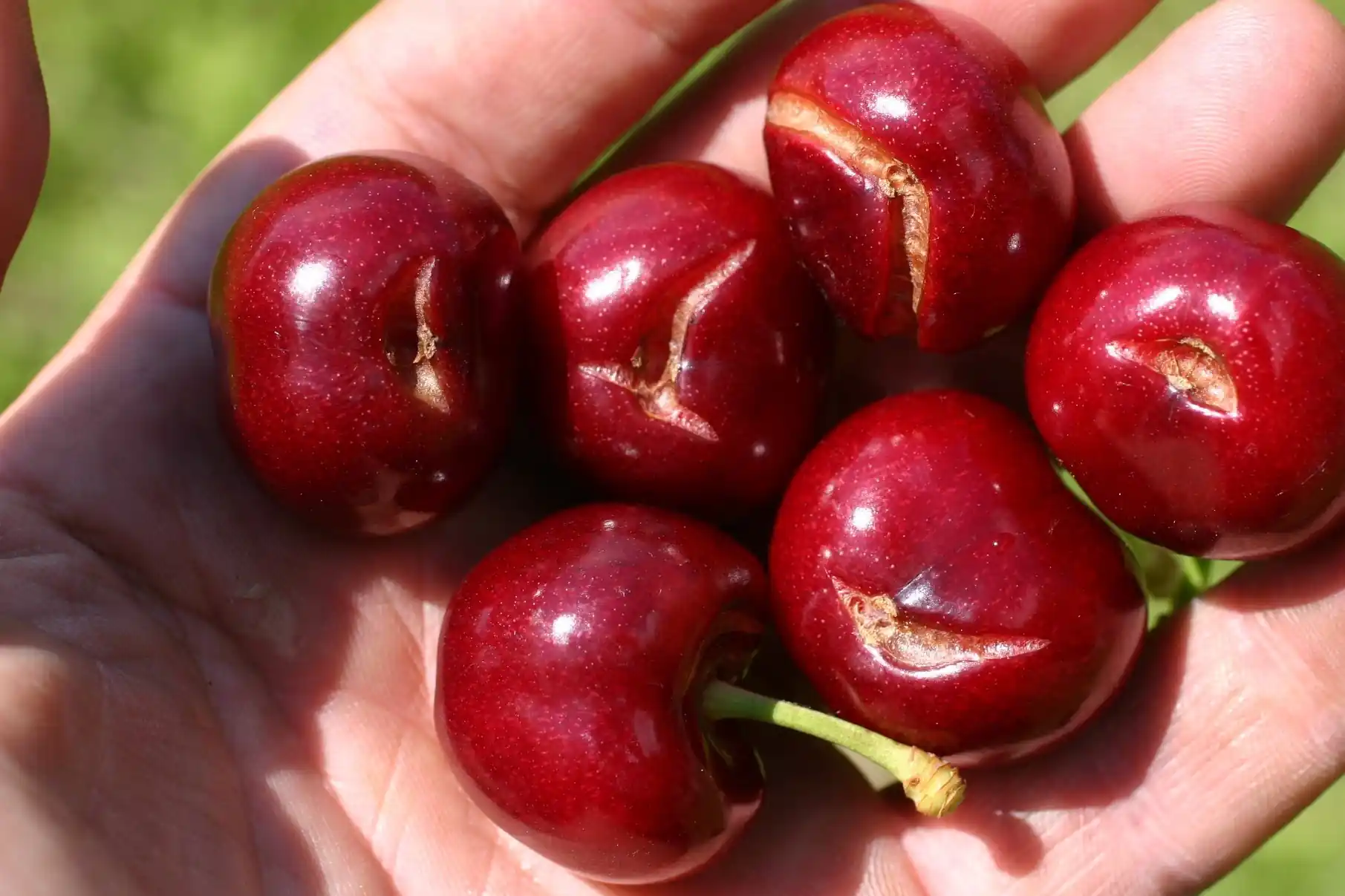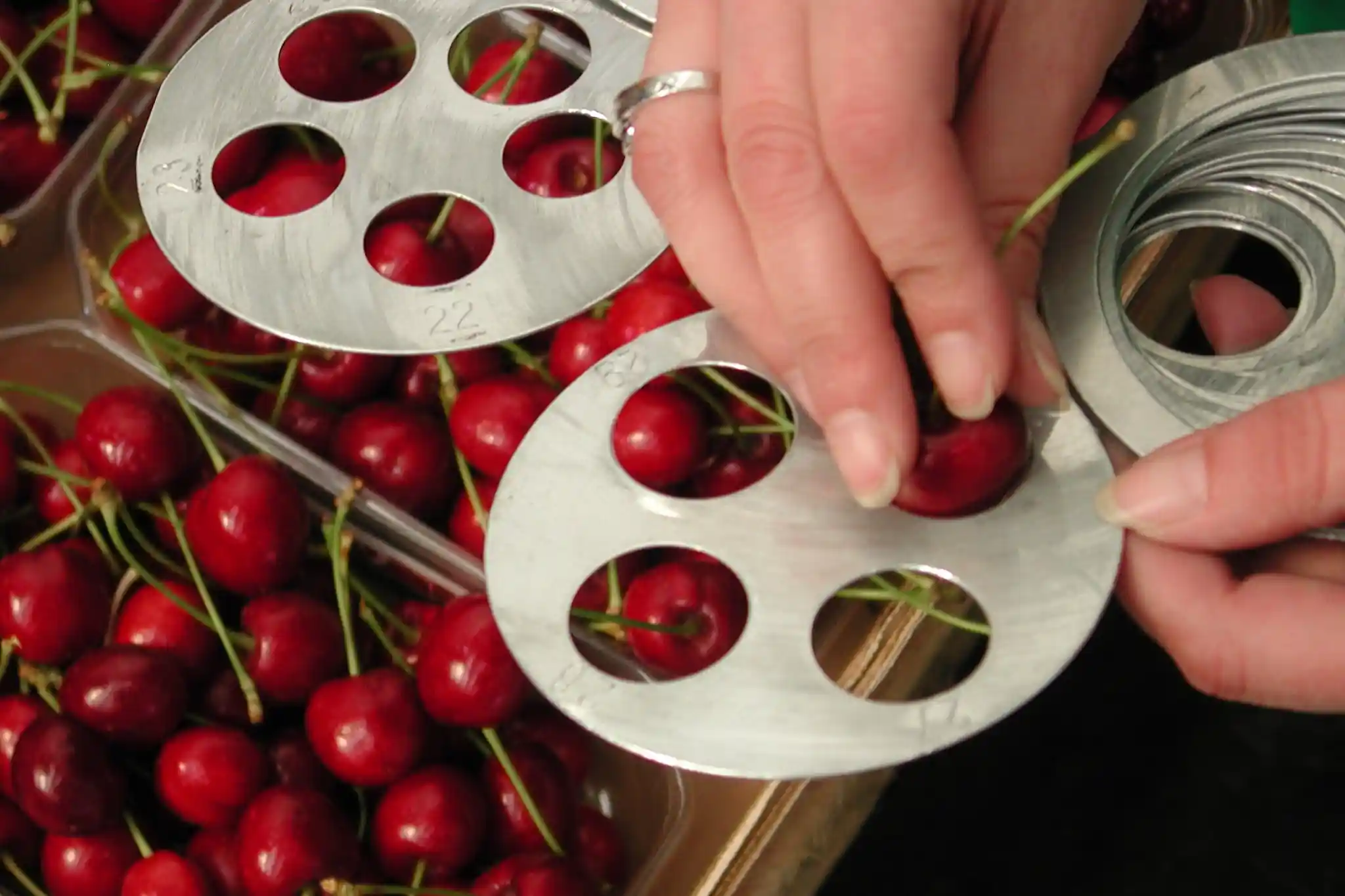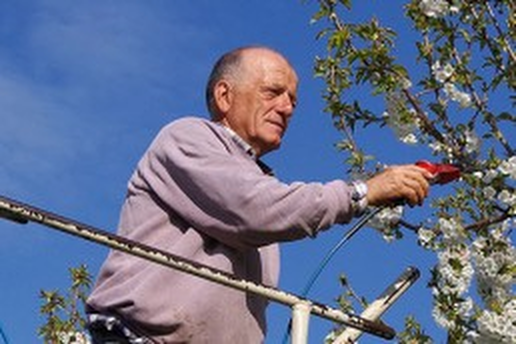Cherry has established itself as one of the most relevant crops in the Chilean agricultural sector over the last decade.
Chile is positioned as one of the main cherry producers, standing out for high-quality fruits in terms of size, firmness, color and flavor, as well as showing few visual defects.
Production and export growth
At the end of 2023, cherry orchards represented 16% of the national fruit area, with about 60,000 hectares planted, mainly concentrated in the Maule and O’Higgins regions.
For the 2025-2026 season, a 6% increase in exports is expected, reaching around 140 million boxes and estimating a total of 660,000 tons.
Considering the planted area (about 80,000 hectares by the end of 2024), exports could reach up to 200 million boxes by 2030.
The driver of this growth is the strong demand from the Chinese market, which has historically absorbed between 85% and over 90% of exported fruit.

Challenges related to cracking
Although the scenario shows strong growth and great opportunities, it brings with it crucial challenges for producers, such as fruit loss due to cracking caused by rainfall, one of the greatest fears because of the uncertainty it entails.
Climate change and weather instability make it increasingly difficult to guarantee record figures.
For this reason, producers are forced to focus on obtaining the best quality fruit, avoiding exports being concentrated in a few days, through field management strategies that allow gradual ripening.
The physiological reason for cracking
Cracking refers to the splitting or breaking of the fruit skin.
Cherry is particularly susceptible to this issue because of the characteristics of its sugary flesh.
Traditionally, the phenomenon has been explained by the “critical turgor hypothesis,” according to which splitting is the result of excessive net water uptake, which increases pulp turgor.
This excess presses on the epidermis, deforming and breaking it at its weakest point.
In other words, as the cherry ripens, it accumulates a lot of sugars in the pulp.
This high sugar content creates a high internal pressure (osmotic potential).
When it rains, water (almost pure) comes into contact with the cherry: due to the strong osmotic gradient, the pulp absorbs water very quickly.
However, the fruit skin does not have the same elasticity to expand at the same rate.
The expansion speed therefore causes excessive tension on the skin, until it ruptures, generating the typical cracking split.
In addition, it has been reported that the phenomenon can result not only from late rains, but also from sudden water uptake by the roots, or from dense fogs that penetrate through natural microcracks present in the cuticle.
Economic impact and health risks
Climatic instability, such as heavy rains close to harvest, can cause partial or total production losses.
Economic and productive losses
During the 2023/24 season, rainfall reduced production of early varieties by 50% in regions such as O’Higgins.
Preliminary estimates of cracking damage in the 2023 season were between 15% and 20% of expected production, translating into a loss of about 240 million USD (≈ 227 million EUR) for producers alone.
The 2024/25 season recorded even more significant losses, linked to overproduction.
An analysis estimated losses close to 1.5 billion USD (≈ 1.42 billion EUR) for producers and exporters, based on a net return to producers of about 2.5 USD/kg (≈ 2.37 EUR/kg), compared to a historical average of 5 USD/kg (≈ 4.74 EUR/kg).
Risk of rots and prevention
In addition to splitting, cracking exposes the fruit to rots and fungal development, which are critical especially for cherries destined for long journeys to markets such as China.
The most common rots are:
- gray rot (Botrytis),
- green rot (Penicillium),
- sour rot (Geotrichum).
To reduce this risk it is essential to apply fungicides at least 24 hours before the rain event.
Strategies against cracking
In Chile, a wide range of strategies are used to reduce the cracking problem.
An integrated model considers physical barriers, drying methods, and chemical-nutritional applications.
Physical barriers and drying
Polyethylene or raffia covers prevent direct rain contact with fruits.
Advantages: protect from rain, frost, and hail, reducing cracking and rots.
Disadvantages: high investment (≈ 30,000 USD/ha ≈ 28,400 EUR/ha) and possible reduction in quality (lower firmness and sugars).
Fruit drying: based on the “zipper hypothesis,” which suggests removing water from the surface immediately.
Helicopters: expensive, but effective for drying the pedicel area.
Blowers: used right after rainfall, more efficient than sprayers and complementary to helicopters.
Chemical and nutritional applications
Calcium chloride (CaCl₂): reduces the osmotic potential in contact with the fruit and strengthens the cell wall.
Requires repeated and close applications (0.5–1% every two hours during rainfall).
Hydrophobic films (biofilms): create protective barriers, reduce splitting by up to 50% in light rain events (<5 mm).
Require repeated and homogeneous applications, with increased labor costs.
Innovation: EcoCropTech and Aquashield Cherry
The Chilean startup EcoCropTech, founded by biotechnologists Nicolás Real and Jaime Cisternas and supported by Corfo and ANID Chile, has developed Aquashield Cherry, the first product designed exclusively for total protection against cherry cracking.
The formulation is organic and is currently in the patenting phase.
Advantages and functioning:
- It does not act only as an external barrier, but also intervenes at a physiological and molecular level.
- It increases cuticle flexibility, repairs microcracks, counters osmotic disorders, and strengthens fruit firmness.
- It improves °Brix, firmness, and size, also reducing pitting and extending shelf life.
Recommended applications: two, one at straw color stage and one at the beginning of veraison.
Results:
- In the field (Maule Region, 2023): cracking losses reduced to 1.49% despite rainfall >20 mm, compared to national losses of 15–20%.
- In the laboratory: 6 to 8 times fewer cracks compared to a competitor product.
- Collateral benefits: sweeter fruits, more vigorous trees, less stress.
EcoCropTech aims to make Aquashield Cherry accessible to all producers, as a cost-effective alternative to covers, resistant even to heavy and prolonged rains.
Source: EcoTropTech
Image source: SL Fruit Service
Cherry Times - All rights reserved













